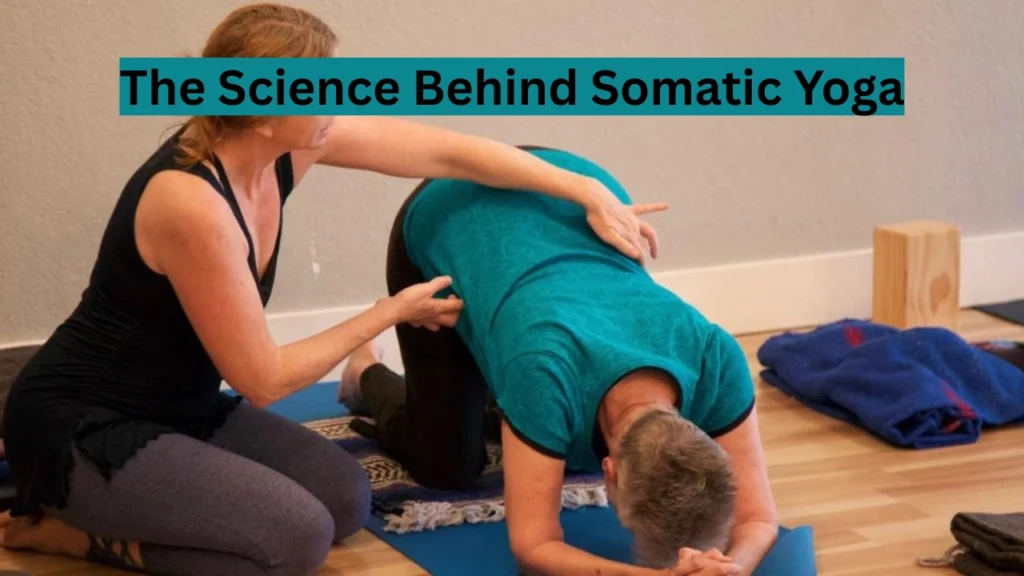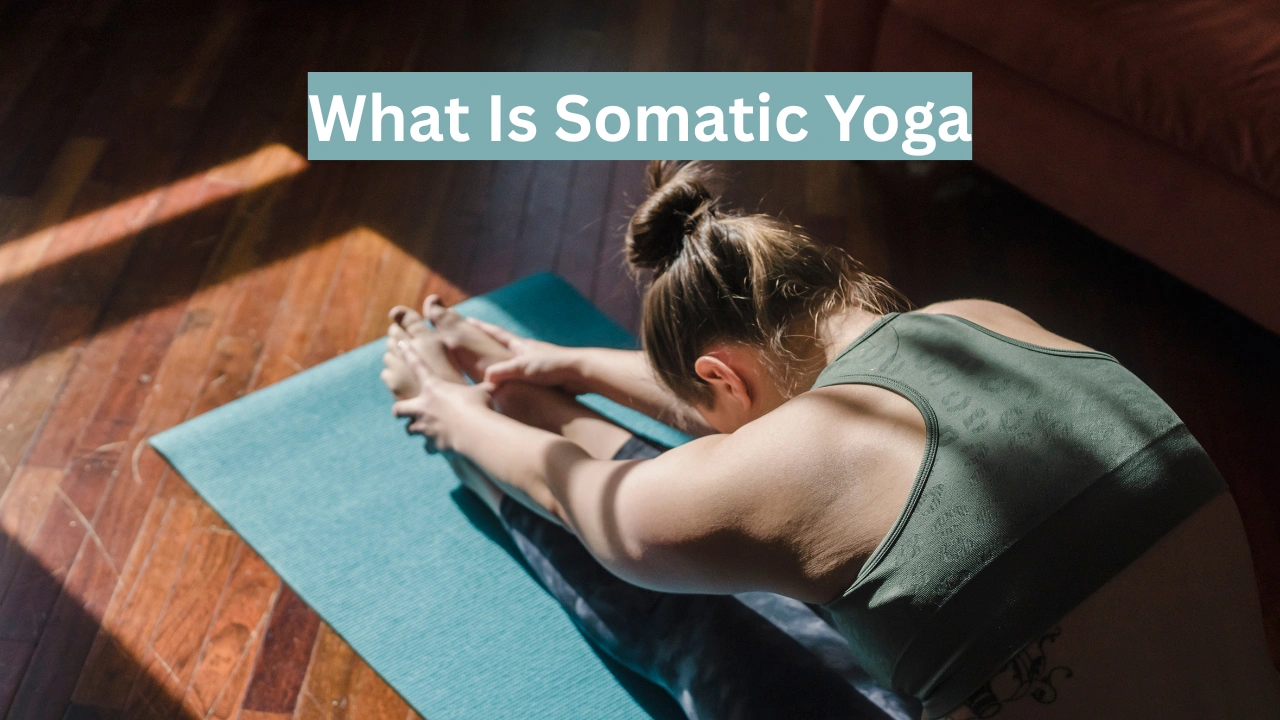What Is Somatic Yoga? A Complete Guide for Beginners
In today’s busy world, many people search for ways to relax, heal, and reconnect with their bodies. One practice that stands out is somatic yoga. If you are wondering what is somatic yoga, you are in the right place. Let’s dive deep into this gentle and powerful method of healing and self-awareness.
Understanding What Is Somatic Yoga
To truly understand what is somatic yoga, you first need to know the word somatic. The term somatic yoga comes from the Greek word soma, which means the living body. Somatic yoga focuses on internal physical awareness rather than simply doing external poses. Somatic yoga blends slow, mindful movements with deep breathing. It helps in releasing chronic muscle tension, improving mobility, and calming the mind. Through small, controlled motions, you help your muscles and brain work together better.
How Somatic Yoga Is Different From Traditional Yoga
While regular yoga practices focus on strength, flexibility, and endurance, what is the somatic yoga is different. It centers on body awareness and natural movement.
Let’s look at a simple comparison:
| Traditional Yoga | Somatic Yoga |
|---|---|
| Focus on perfecting poses | Focus on internal sensations |
| Longer holds of postures | Gentle, small, mindful movements |
| High physical demands | Very accessible to all bodies |
| Goals: strength, flexibility | Goal: nervous system retraining |
When people ask what is somatic yoga, they often imagine complicated poses. But this practice is simple. You do not need to be flexible or strong. In fact, many people who have injuries, stress, or chronic pain find somatic yoga much safer and more effective.
The Science Behind Somatic Yoga

Scientists have found that our brains create habitual movement patterns over time. Some of these patterns are useful, but others cause pain and tension. Somatic yoga works by gently breaking old patterns and building healthier ones. One important idea in somatic yoga is “pandiculation.” It is a natural response seen in animals and babies. When you stretch and then slowly contract your muscles before releasing them, you reset your muscle tone.
Benefits of Practicing Somatic Yoga
The benefits of somatic yoga are wide and powerful. They touch not just your body but also your mind and emotions. If you practice regularly, you might experience:
- Less muscle tension and stiffness
- Improved posture and body alignment
- Relief from chronic pain, like back or neck pain
- Greater self-awareness and emotional balance
- Better breathing patterns
- Deeper relaxation and better sleep
Many people who live with stress, anxiety, or trauma find somatic yoga especially healing. Since the practice is so gentle, it feels safe and welcoming for everyone.
Who Can Practice Somatic Yoga?
One of the best things about somatic yoga is that it is for everyone. Whether you are young or old, flexible or stiff, you can enjoy its benefits. It is also very helpful for people recovering from injuries or surgeries.
People who often enjoy somatic yoga include:
- Older adults seeking gentle exercise
- People healing from physical injuries
- Those living with chronic pain
- Athletes wanting better body awareness
- People managing anxiety or trauma
You don’t need fancy gear or even a yoga mat. You can practice on a soft carpet or even a bed if needed. The key is to move slowly, stay mindful, and listen to your body.
What to Expect in a Somatic Yoga Class
If you attend a somatic yoga class, the experience will likely be very different from what you imagine. Classes usually begin with a short period of breathing and quiet focus. Then, you are guided through simple, slow movements.
Movements often involve:
- Gentle spinal twists
- Shoulder rolls and neck stretches
- Hip rotations
- Small bending and stretching motions
Teachers encourage you to move without force and to pay close attention to the sensations you feel. You might even be asked to close your eyes during practice to enhance your inner awareness. Unlike traditional classes where everyone looks the same doing a pose, here, everyone looks different. That is because the goal is to connect with your own body, not to copy someone else.
How to Start Practicing Somatic Yoga at Home
Starting somatic yoga at home is easier than you might think. You do not need a lot of space, special clothes, or expensive equipment. In fact, one of the beautiful things about somatic yoga is how simple and gentle it is. If you have ever wondered how to begin, this guide will help you take the first steps toward a more relaxed and aware body.
Conclusion
Now that you know what is somatic yoga, you can see how it offers something unique and healing. It teaches you to slow down, listen deeply, and reconnect with your body in a kind and loving way.Somatic yoga is not just an exercise. It is a journey into yourself. It invites you to discover how your body feels, moves, and heals. In a world that moves too fast, somatic yoga reminds you that slowing down is powerful. If you are ready to feel more ease, less pain, and deeper peace, give somatic yoga a try. Your body and mind will thank you.







